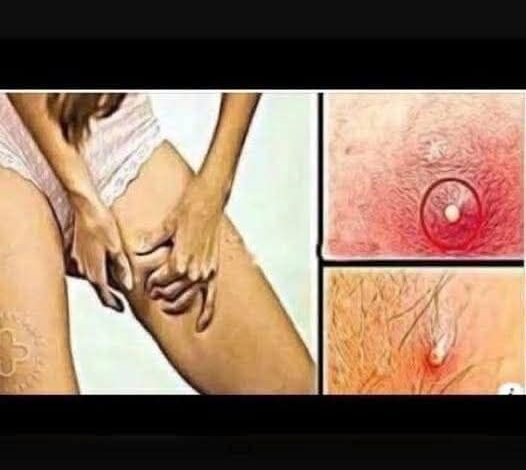Understanding Groin Skin Irritation: Comprehensive Guide to Common Dermatological Issues

Groin area skin irritation represents a prevalent dermatological concern affecting individuals across all demographics and age groups. This sensitive body region creates an ideal environment for various skin conditions due to its naturally warm, moisture-rich, and frequently confined characteristics. Comprehensive understanding of underlying causes, symptom recognition, and effective treatment approaches is crucial for maintaining optimal skin health and personal hygiene standards.
Ingrown Hair Complications: Causes and Management
Ingrown hairs develop when hair follicles curve backward or grow laterally into surrounding skin tissue rather than emerging naturally upward. This dermatological condition typically manifests as inflamed, irritated bumps resembling acne lesions. Advanced cases may progress to bacterial infections, creating painful, pus-containing skin irritations.
Primary Contributing Factors
Hair Removal Practices
- Aggressive shaving techniques causing excessive closeness
- Waxing procedures performed too frequently
- Tweezing methods that damage follicle structure
Lifestyle and Clothing Factors
- Tight-fitting garments creating persistent friction
- Synthetic fabrics preventing proper skin ventilation
- Athletic wear worn for extended periods
Biological Predispositions
- Naturally curly or coarse hair textures
- Genetic sensitivity to follicular inflammation
- Hormonal influences affecting hair growth patterns
Clinical Symptom Recognition
Visual Indicators
- Small, circular elevated bumps containing purulent material
- Persistent redness and inflammatory responses
- Localized swelling around affected follicles
Physical Sensations
- Persistent itching or burning sensations
- Tenderness when pressure is applied
- General discomfort during movement or clothing contact
Evidence-Based Treatment Protocols
Immediate Care Strategies
- Apply warm compress therapy to reduce inflammation
- Utilize gentle exfoliating cleansers for dead skin removal
- Implement temporary hair removal cessation until healing occurs
Professional Medical Intervention
- Dermatologist consultation for severe or recurring cases
- Prescription antibiotic treatments for bacterial infections
- Advanced follicular treatment procedures when necessary
Preventive Maintenance Approaches
- Adopt proper shaving techniques using quality products
- Choose breathable, loose-fitting clothing materials
- Maintain consistent hygiene routines with appropriate cleansers
This comprehensive skin health approach ensures effective management of groin area irritation while promoting long-term dermatological wellness and comfort.